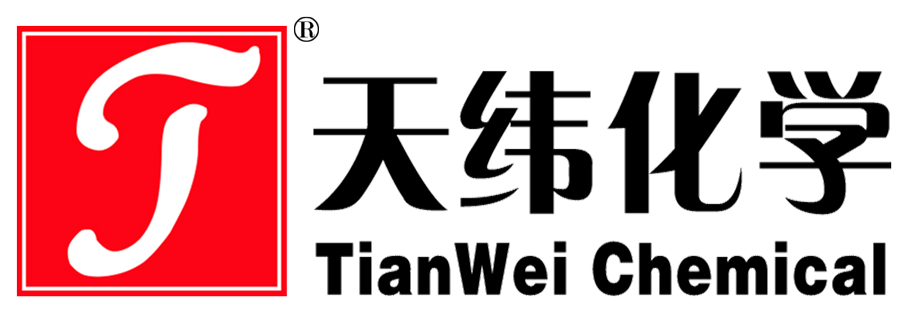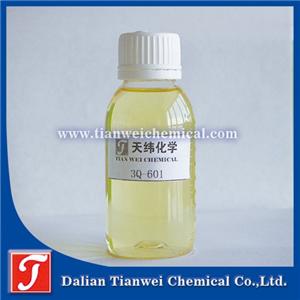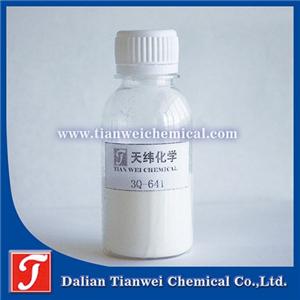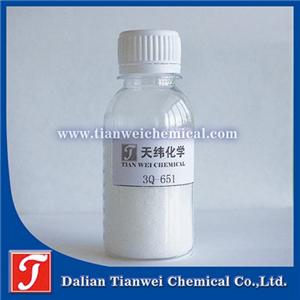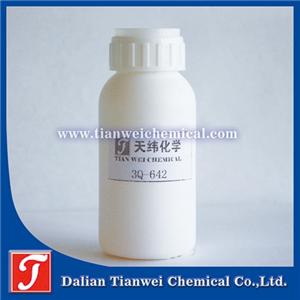The Application of Antibacterial Masterbatch in Polyester Film
Antibacterial masterbatches in polyester films have become the core material for achieving antibacterial functions by enhancing the dispersibility of antibacterial agents, ensuring antibacterial stability, guaranteeing the accuracy of dosage, and simplifying the production process.
The following is the specific analysis:
I. The Core Role of Antibacterial Masterbatch
Improve the dispersibility of antibacterial agents
Antibacterial agents are usually in powder form, with fine particle size and high surface energy, and are prone to agglomeration. Antibacterial masterbatch is formed by uniformly dispersing the antibacterial agent in the carrier resin through a mixing process, creating a granular concentrate. During the preparation of polyester films, after the antibacterial masterbatch is melted and extruded, the antibacterial agent can be more evenly distributed in the film substrate, avoiding the problem of unstable antibacterial effect caused by excessively high or low local concentration. For instance, the nano-silver antibacterial masterbatch, through nano-scale dispersion technology, enables the uniform distribution of silver ions within the film, achieving an antibacterial rate of over 99% against Escherichia coli and Staphylococcus aureus.
Ensure antibacterial stability
When antibacterial agents are used directly, their antibacterial performance is prone to decline due to factors such as water absorption and oxidation during storage, transportation or processing. Antibacterial masterbatch isolates antibacterial agents from air and moisture through resin carriers, forming a stable structure.
Ensure the accuracy of the addition amount
The antibacterial masterbatch is close in size to the resin particles, making measurement convenient and accurate, and avoiding the adhesion of powdered antibacterial agents to equipment or their flying pollution of the environment during the mixing process. For instance, when preparing high-transparency antibacterial PET films, adding 3% to 5% of high-transparency antibacterial masterbatches can achieve antibacterial functionality while maintaining the film's light transmittance and haze similar to those of ordinary PET films.
Ii. Process Advantages of Antibacterial Masterbatches in the Preparation of Polyester Films
Simplify the production process
Adding antibacterial agents directly requires additional blending and granulation, which is complex to operate and costly. Antibacterial masterbatch, as a pre-dispersed concentrate, can be directly mixed with polyester chips and formed into antibacterial films in one step through processes such as melt extrusion and stretching. For instance, antibacterial masterbatch for PE blown film exists in granular form, which is convenient for storage, transportation and processing. It only needs to be mixed with PE resin in proportion to produce antibacterial food packaging film, without the need to add additional antibacterial agents.
Improve the physical properties of the film
The addition of antibacterial masterbatches can improve the mechanical properties of the film. For instance, high-density polyethylene film containing 6% antibacterial masterbatch has significantly better right-angle tear strength and elongation at break than ordinary high-density polyethylene film. Meanwhile, the water vapor transmission rate increases, which is conducive to adjusting the humidity during the preservation process and extending the shelf life of fresh food.
Iii. Typical Application Scenarios of Antibacterial Masterbatches in Polyester Films
The field of food packaging
Antibacterial masterbatches are widely used in the production of antibacterial food packaging films, bags and other products. For instance, high-density polyethylene film containing 4.5% antibacterial masterbatch has an antibacterial rate of 99.23% against Escherichia coli and 98.68% against Staphylococcus aureus, which can effectively inhibit microbial contamination of food during storage and transportation, ensuring food safety. In addition, high-transparency antibacterial masterbatches can be used to produce transparent products such as cling film and food packaging tapes, meeting consumers' demands for food visualization.
The field of medical supplies
Antibacterial masterbatches can be used to manufacture disposable syringes, infusion sets, isolation suits and other medical supplies, reducing the risk of cross-infection. For instance, nano-silver antibacterial masterbatch destroys the cell membrane structure of bacteria by releasing silver ions, and has broad-spectrum antibacterial properties against common bacterial species such as Staphylococcus aureus and Escherichia coli, with a long-lasting and stable antibacterial effect.
The field of household goods
Antibacterial masterbatch can be used to produce antibacterial tablecloths, curtains, refrigerator linings and other household items, improving the hygiene level of the home. For instance, high-transparency AS antibacterial masterbatch can be used to manufacture antibacterial humidifier water tanks. It features high transparency and excellent antibacterial performance, meeting consumers' dual demands for both aesthetics and practicality in household items.
The field of agricultural films
Antibacterial masterbatch can be used in agricultural films such as greenhouse film to inhibit the growth of microorganisms and extend the service life of the film. For instance, the fruit and vegetable preservation film containing nano-antibacterial masterbatch achieves antibacterial and self-regulating atmosphere functions through the synergistic effect of silver ions and nano-titanium dioxide, thereby extending the preservation period of fruits and vegetables.
